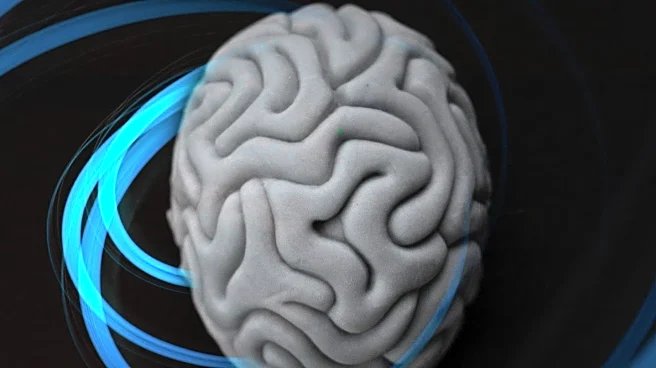What's Happening?
Duke University has developed a comprehensive cervical spine MRI segmentation dataset, known as CSpineSeg, which includes 1,255 MRI examinations from 1,232 patients. The dataset was curated from MRI exams conducted between December 2019 and November 2020,
focusing on sagittal T2-weighted series without fat saturation. The dataset includes demographic data and manual semantic segmentation performed by board-certified radiologists. The segmentation labels include vertebral bodies and intervertebral discs, providing a detailed anatomical reference for research and clinical applications.
Why It's Important?
The CSpineSeg dataset is significant for advancing medical research and clinical practices related to cervical spine conditions. By providing a large, annotated dataset, it facilitates the development of machine learning models for automated diagnosis and treatment planning. The dataset's detailed segmentation can improve the accuracy of identifying spinal abnormalities, potentially leading to better patient outcomes. It also serves as a valuable resource for training and validating new algorithms in medical imaging, contributing to the broader field of radiology and healthcare technology.
What's Next?
The dataset is expected to be used in various research projects aimed at improving diagnostic tools and treatment strategies for cervical spine disorders. Researchers may focus on developing and testing machine learning models that can automate the segmentation process, reducing the workload on radiologists and increasing diagnostic efficiency. Additionally, the dataset could be expanded with more diverse patient demographics and imaging modalities to enhance its applicability and robustness in different clinical settings.













